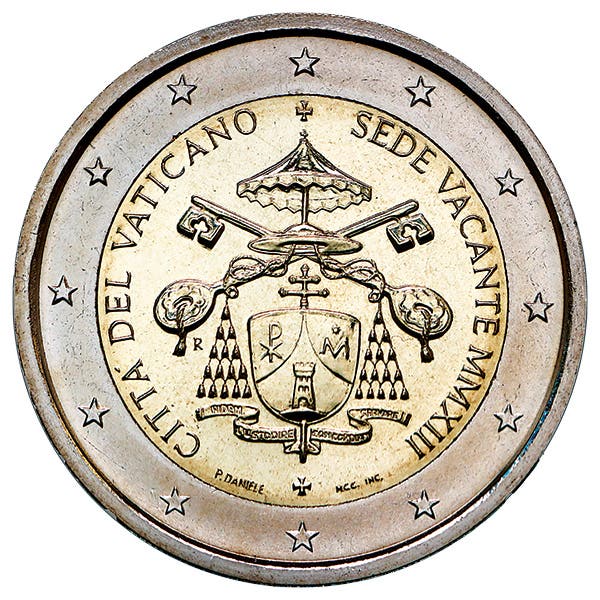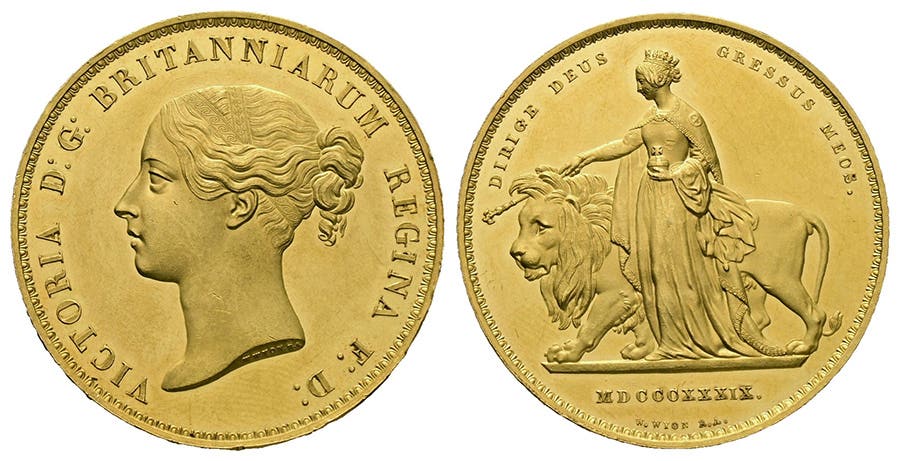Badger Finds Cache of Roman Coins
The hoard is the largest ever found in northern Spain and contains 209 coins from at least 1,600 years ago.
A hungry badger foraging for food found something else instead: the largest collection of Roman-era coins ever discovered in northern Spain.
The treasure trove was found in a cave close to the animal’s den in the municipality of Grado, Asturias, reports say. Experts believe ancient Spaniards might have hidden the treasure during the invasion of the Suevi, a Germanic people, in 409 A.D.
The copper and bronze coins date from the third to fifth centuries A.D. and some were minted in far-off cities, including Constantinople, Thessaloniki, Arles, Lyon and Rome, according to El País. The largest, a well-preserved coin minted in London and weighing more than eight grams, contains four percent silver.
The badger is thought to have uncovered the hoard during a rare snowstorm that paralyzed Spain in January 2021 and one that officials called “the most intense storm in the last 50 years.” The storm would have made it a struggle for animals to find food, according to The Guardian. While rooting around in the snow for something to eat or seeking shelter, experts believe that the badger happened upon a crack in La Cuesta cave and unearthed the cache.
Since it couldn't eat them, the badger left about 90 coins littering the ground in front of its den, where a local resident found them and called archaeology experts. The Asturias department of culture began conducting excavations in the cave in April.
“When we arrived we found the hole that led to the badger's nest, and the ground around it full of coins,” dig director Alfonso Fanjul Peraza told CNN.
After searching La Cuesta, the team found the additional 119 coins. Other ancient Roman coins have also been found in the area, including a cache of 14 gold coins discovered in the 1930s. The researchers published their findings last month in the Journal of Prehistory and Archaeology.
The coins are now being cleaned and will be put on display at the Archaeological Museum of Asturias.
Fanjul Peraza told CNN that the team plans to return to the area for further excavations and research, as well as to investigate whether the cave was simply a hiding place or if people lived in the area. He also noted that there may be more artifacts to be found there, and that future discoveries may help historians understand more about the fall of the Roman Empire and the making of medieval kingdoms in northern Spain.








